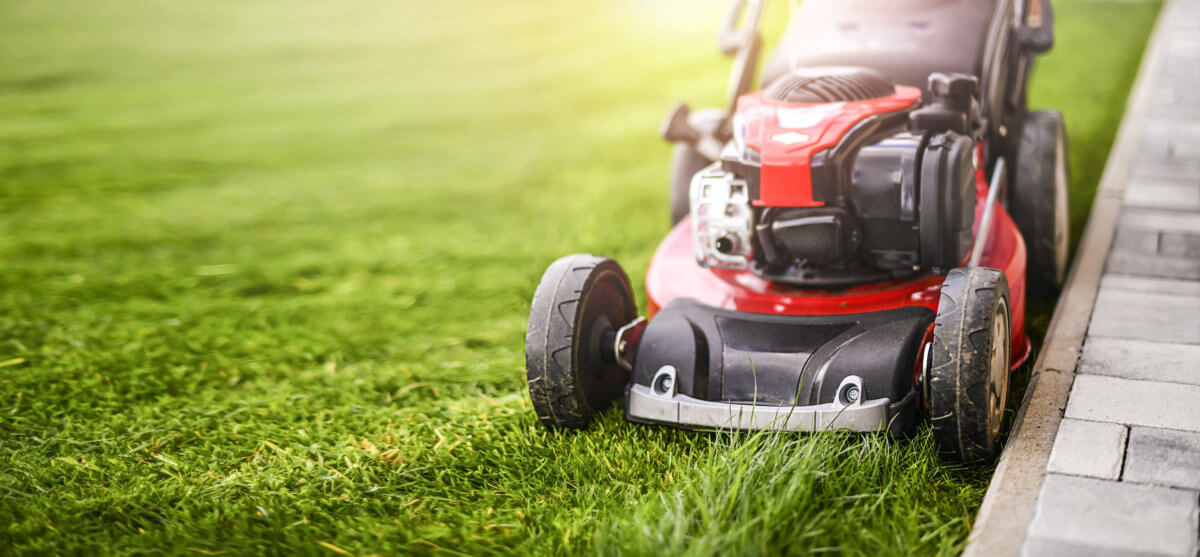
Why Sharp Lawn Mower Blades Are So Important
If you have a lawn, you are undoubtedly familiar with the necessity of mowing frequently. To get the job done right, you’ll need a lawn mower, obviously. However, it is also particularly important that you keep the mower blades sharp. Dull mower blades can impact the health of not just your lawn, but of the lawn mower itself as well.
Here’s what you need to know about lawn care.
Sharp Blades Produce Cleaner Cuts
When it comes to the health of your grass, sharp lawn mower blades are much better than dull ones. Sharper blades will cut through the grass much more easily, resulting in crisp, tidy cuts that give your lawn the neat, manicured appearance you crave.
Dull blades, on the other hand, will often tear the grass rather than cutting it. This ripping action is terrible for your grass, leaving its stalks ragged, brittle and yellowed. Not only that, but it also weakens your lawn, making it more prone to weeds, insects, and disease.
In extreme cases, dull blades can even rip the grass out of the soil at the roots, as they are unable to cut through cleanly. This can leave your lawn with bare, patchy areas that you’ll need to replenish frequently with seed or sod.
Dull Blades Cause Extra Wear and Tear on Your Mower
Because dull blades are less effective at cutting grass, your mower’s engine will have to work harder to power through each mowing session. In addition to dulling the blades even further, this can also wear down other engine components. This can result in more frequent repairs, which can seriously add up in terms of cost and downtime over the years.
Not only that, but dull blades also make your mower less fuel-efficient, as it has to work harder. This will increase your fuel costs over time as well, not to mention the adverse effects on the environment.
How to Tell Whether Your Mower Blades Need Sharpening
The easiest way to determine when it is time to sharpen your mower blades is to inspect your grass after a mowing. If you notice that the blades look torn rather than cut, this is a surefire sign that your mower blades are in need of sharpening. You may also see brown or yellow tinges at the tips of the grass. Finally, check the overall height of your lawn. If the surface of your lawn appears uneven rather than smooth and manicured, your blades could likely use some sharpening.
You can inspect the blades themselves as well. Look out for any dents, cracks, nicks or scratches, especially along the sharp edges. These imperfections can create the perfect scenario for tearing your grass or ripping it out by the root. For the most part, you’ll need to sharpen your blades after every 25 hours of mowing, though the time can vary depending on the type of grass you have and the prevalence of rocks and other debris in your lawn.
How to Sharpen Your Mower Blades with Care
Before you do anything else, make sure your lawn mower engine is completely disconnected from any power source. This is essential whether you use a gas-powered or electric mower. Even a tiny hiccup in the power supply can cause the blades to turn, possibly resulting in serious injury.
Once you are certain there is no possibility of power going to the engine, drain the fuel tank for a gas mower to prevent any spills while you work on the blades. Then, turn your mower on its side with the carburetor and air filter facing up to access the blades directly. Mark the bottom of the blade with a marker or wax pencil to ensure you put it back in the right way.
Remove the blade from the mower and clean it thoroughly before sharpening. Make sure to take care not to cut yourself in the process. Smooth and sharpen the edge of the blade by hand or with a power sander, then replace. That’s all there is to it!
Restore Your Lawn With Fresh Sod
If dull lawn mower blades have made a mess of your lawn, you can bring it back to full health by adding fresh sod to any bare spots.